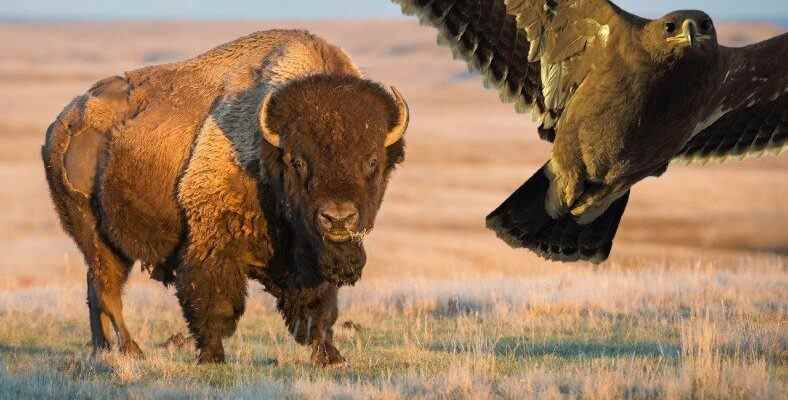The “Red List” prepared by IUCN includes living things under threat of extinction. For a species to be included in the red list, less than 50 living things must remain. Vulnerable species describe populations with less than 1000 adults left.
The report, published by the IUCN in 2006, once again pointed the arrows of crime at people. According to research 784 living species due to human activities completely erased from the world. 16,119 species are in danger of extinction. face to face. Polar bear, manta ray, gray whale and albatross bird are just some of these species.
As in the whole world, the lifespan of many species in our country has come to an end over time. Animal lifespans, which were restricted by people trying to expand their own habitats, caused the loss of many natural riches. So what creatures did we host in our lands? Which creatures have we separated from its home? Here he lived in Turkey endangered or endangered animals.
Endangered or endangered animals:
1. The most valuable heritage of our country: Mediterranean Monk Seal
The Mediterranean monk seal, a member of the seal family, lives only on the eastern Mediterranean coasts and in the waters of West Africa. It is one of 33 finfoot families living in the world. The largest population is found in the Aegean Sea. For this reason, the position of our country is very important in order to continue its lineage. According to researches 31-44 adult Mediterranean monk seals detected. Since it is estimated that 100 seals live on our coasts, the continuity of the lineage of Mediterranean seals is in our country’s hands.
2. 100 years old and still very young: Sea Turtles
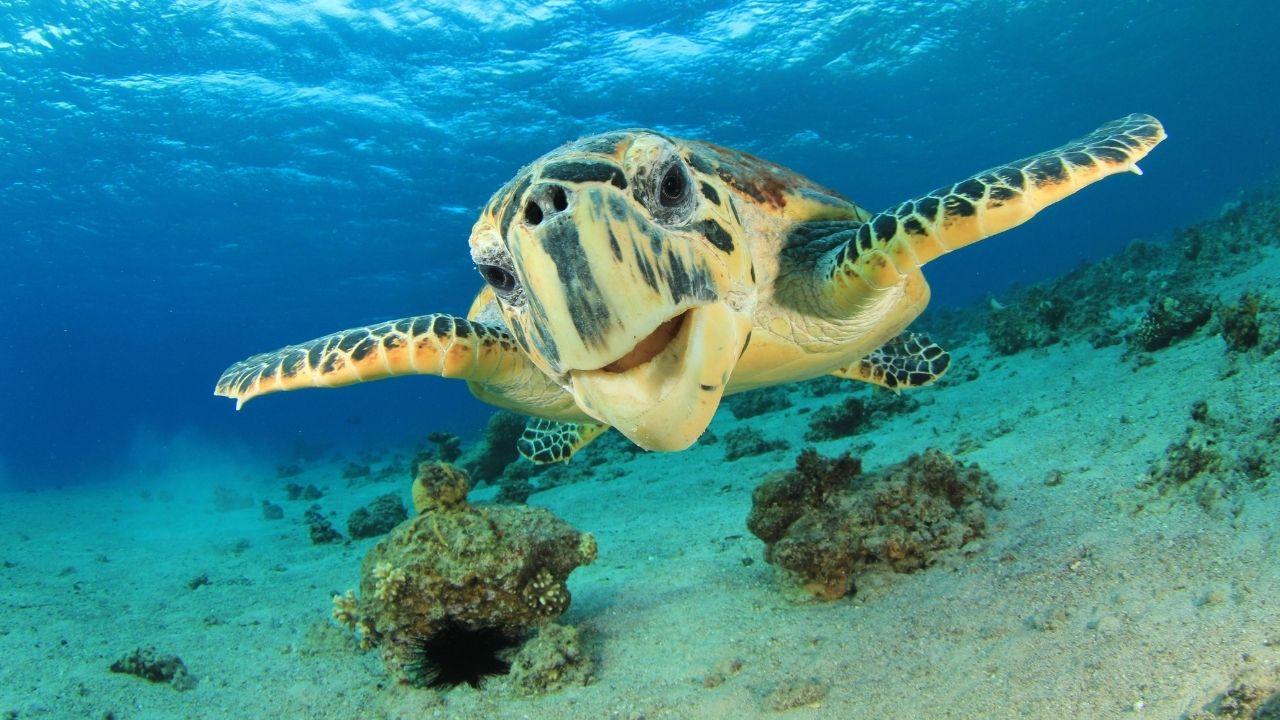
Sea turtles, which are in danger of extinction, Protected by the IUCN case. Most of the population lives in Mediterranean waters. The Köyceğiz-Dalyan region is among the waters with the highest concentration of sea turtles. Reasons such as light pollution, occupation of beaches and hunting continue to endanger the extinction of sea turtles.
3. The result of wrong agricultural policies: bald ibis
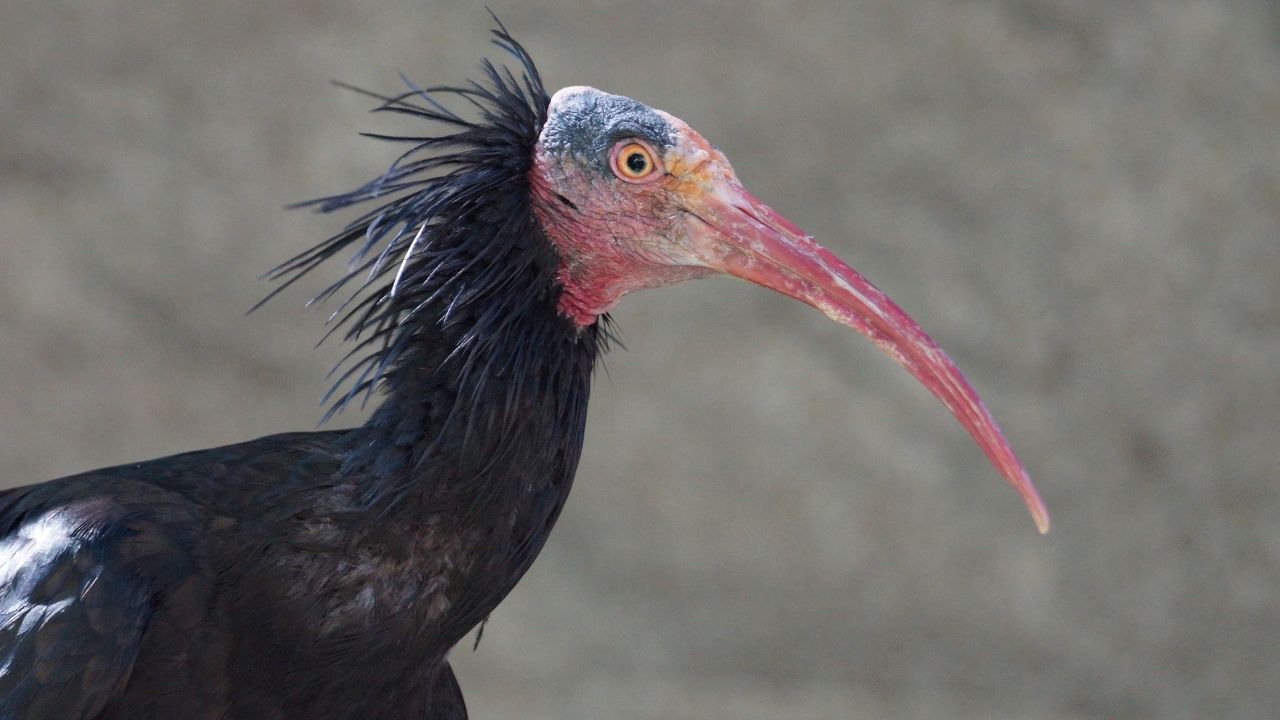
Living in rocky and semi-desert areas, bald ibis used to live in the Middle East, North Africa and the European Alps. The bald ibis bird, which became extinct in this land 400 years ago; It can shelter in Morocco, Turkey and Syria. Bald ibis, whose world population is about 500 adult individuals, is under protection in Turkey and Morocco. Incorrect agricultural policies, chemical pesticides and dehydrated wetlands have put the species in danger of extinction.
4. Today only in 3 countries: Caucasian Bison
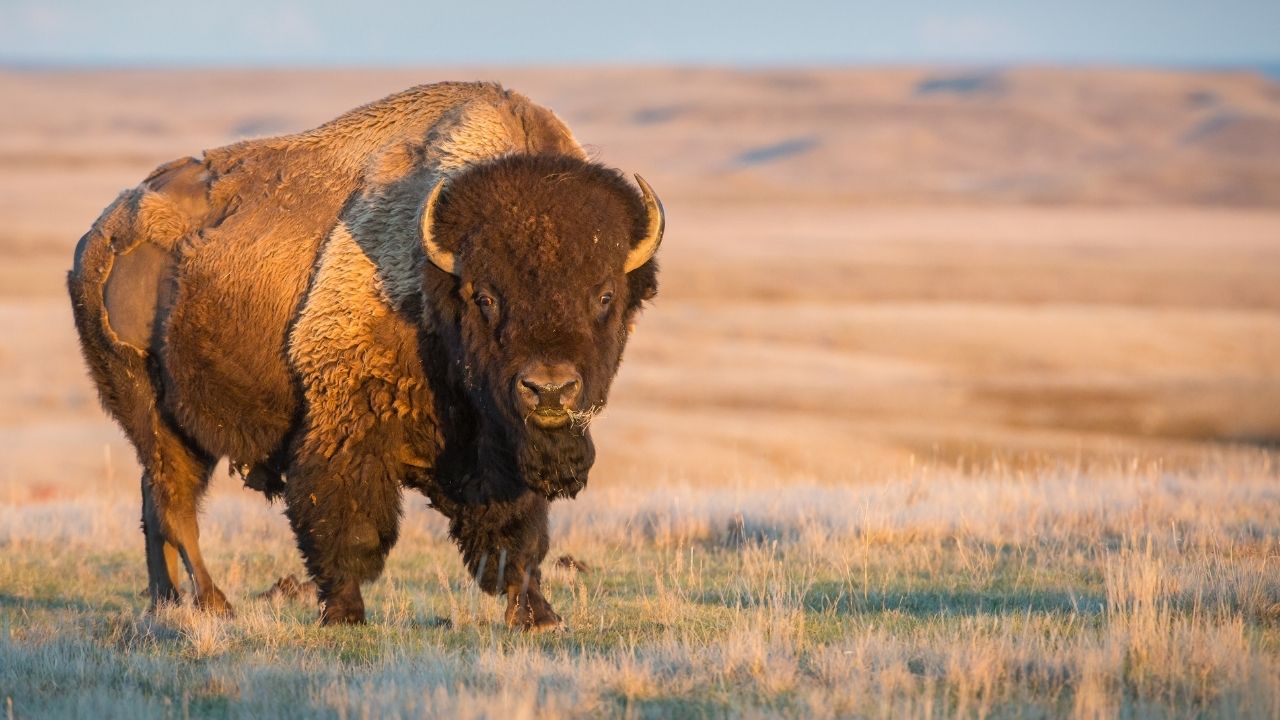
Caucasian bison, also known as European bison, lived in all European and Anatolian lands in ancient times. Caucasian bison, extinct in Turkey in the 16th century, nowadays only on the territory of Russia, Poland and Ukraine. The most common spots where the species can be found are the national parks under protection.
5. The fastest animal in the world: Asian Cheetah
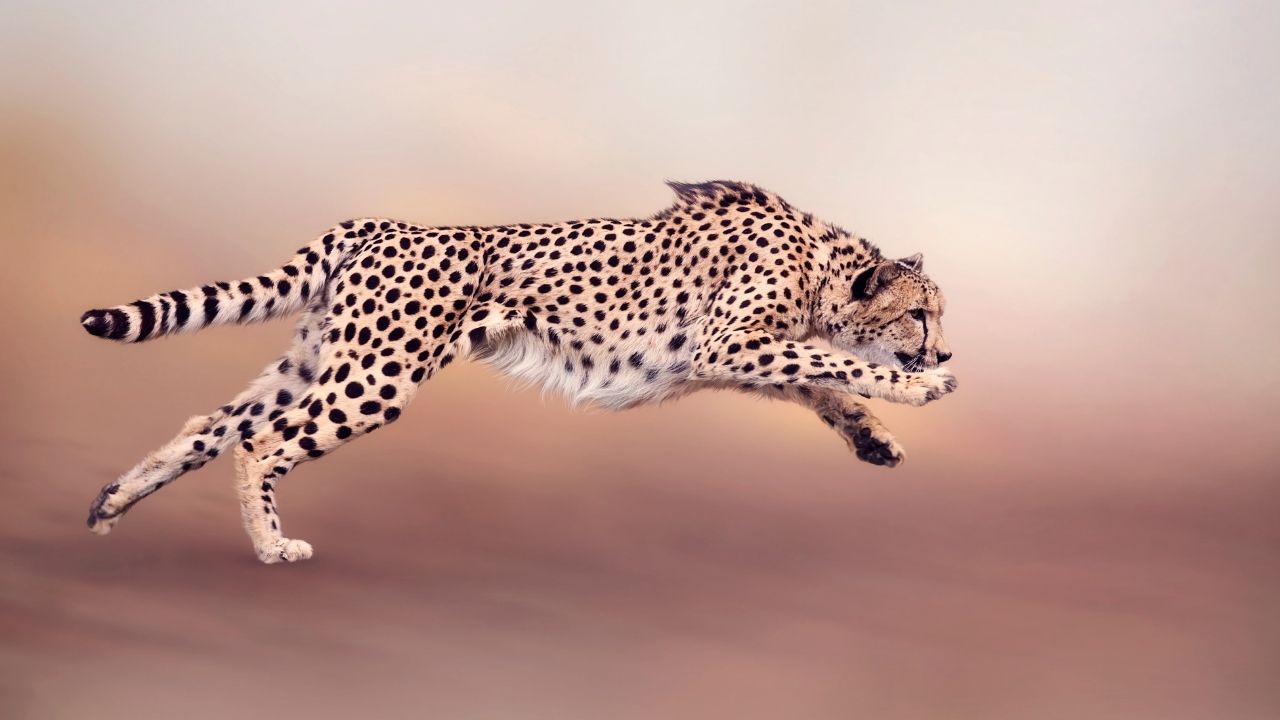
Have you ever heard of the Asian cheetah, the mysterious species of Anatolian lands? The Asian cheetah, which became extinct in Turkey in the 19th century, is said to no longer live in the Anatolian region. There are about 50 adult Asian cheetahs in the world. We know that he is alive. Also known as the Iranian Cheetah, this particular species currently lives in low-density areas of Iran.
6. The most valuable bird of the Arabian peninsula: Hubara
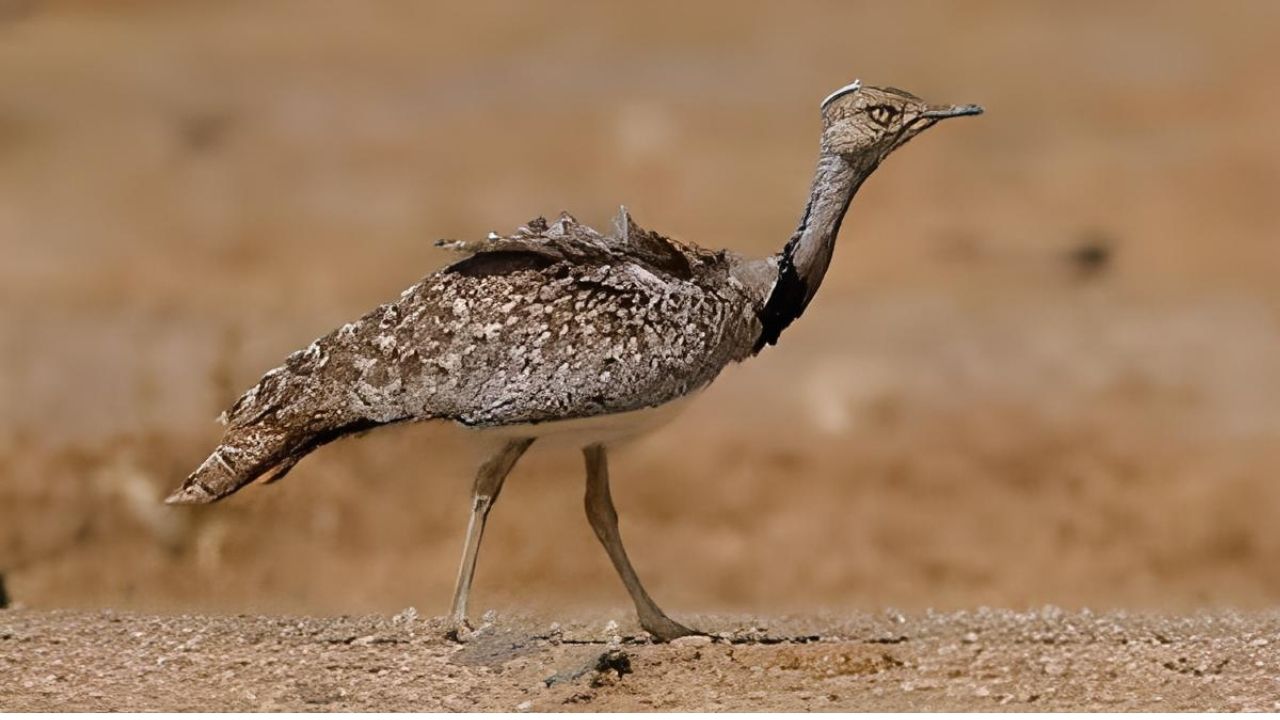
Hubara, a bird species belonging to the Toygiller family, is among the sensitive species. These fairly quiet animals are omnivores. The habitat of the species is the Canary Islands, North Africa and Pakistan. Seen in unproductive desert soils and sandy areas Hubaras are extinct in Turkey. case. Its widespread hunting in Arabian lands has put the species on the red list.
7. The heir of the Iranian leopard in Anatolia: Anatolian Leopard
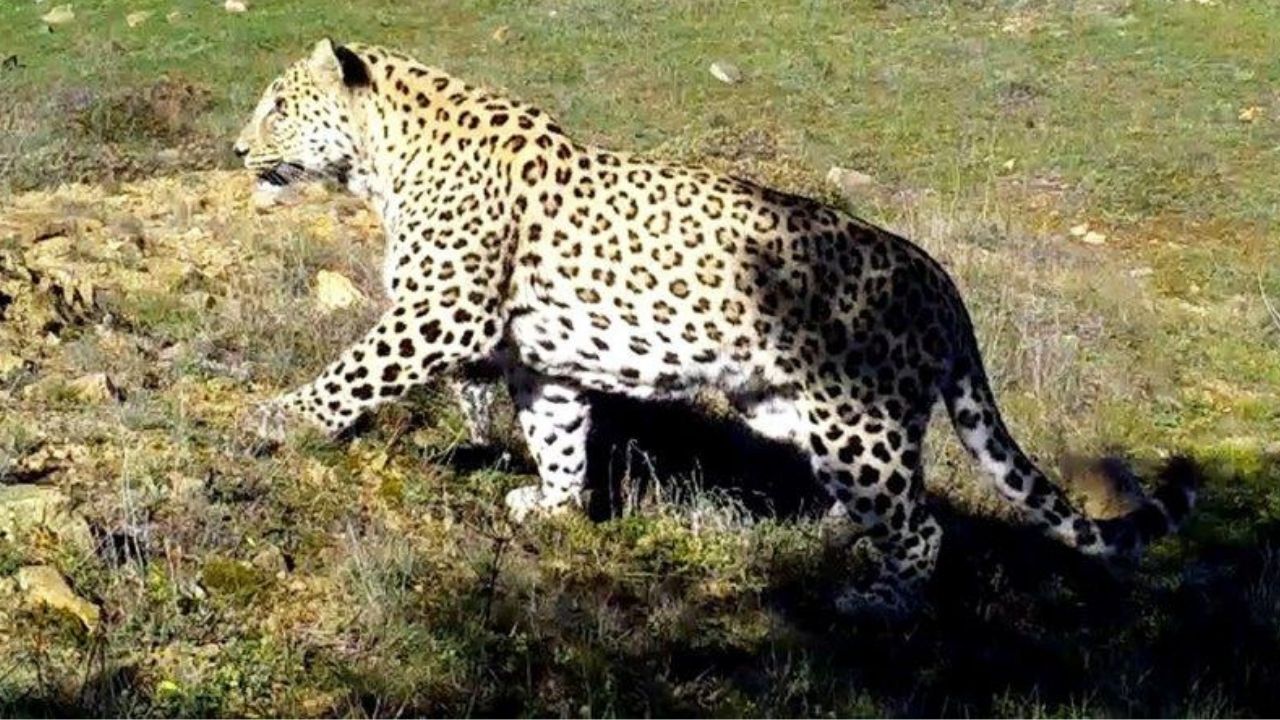
Anatolian leopard, common in the Middle East and West Asian landsis a subspecies of the Persian leopard that lives in Anatolia. The existence of the Anatolian leopard in Turkey is a subject open to discussion. The Persian leopard was found in Turkey and unfortunately it was shot dead. This event has accelerated the research on the existence of the Anatolian leopard in our country.
8. The most magnificent creatures of nature: Asian Elephant
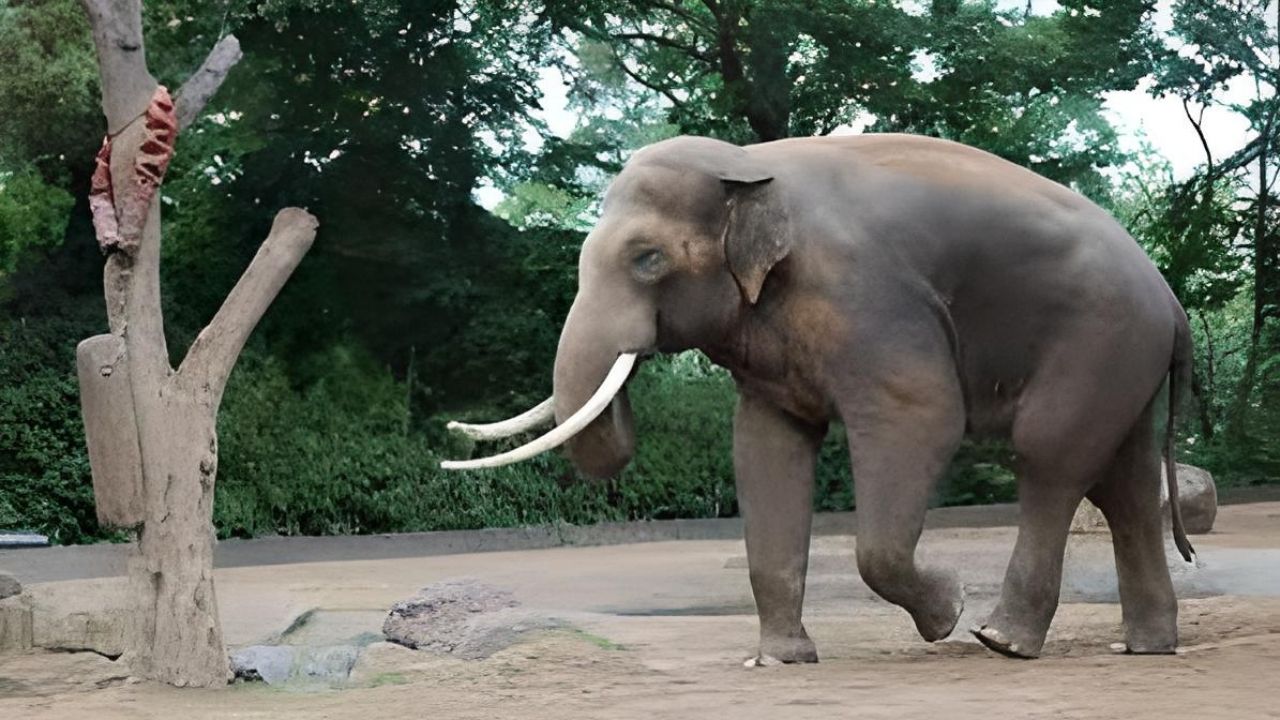
The extinction of Asian elephants in Turkey ended in the 19th century. has found. Asian elephants are nowadays seen in parts of Bangladesh, Indonesia, and India. Asian elephants, which are quite short and small-toothed compared to African elephants, are also known for being domesticated.
9. The loners of the summit: Caspian Tiger
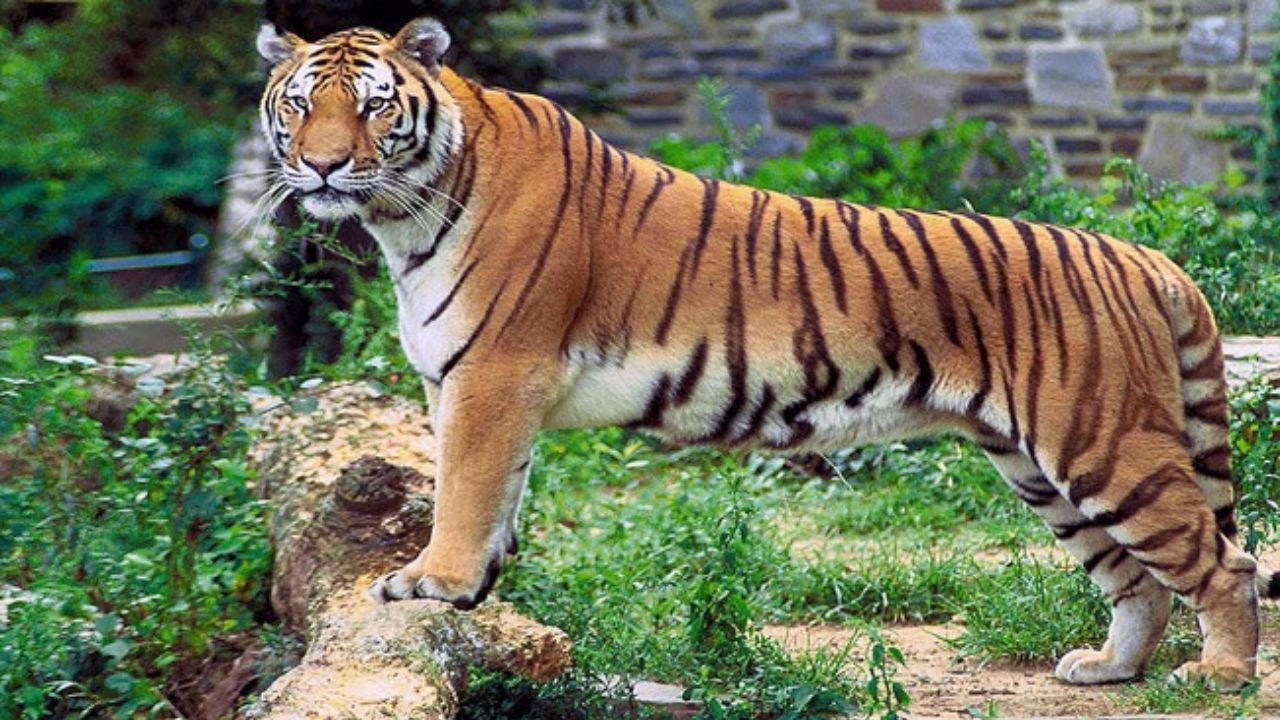
Caspian tigers, who generally prefer to live alone, can be seen with their females during mating periods. This species, which became extinct in the 1970s; He lived in Turkey, Iran, Turkmenistan and Afghanistan. Its last traces in Turkey were found in February 1970. found. Also known as Turan tigers.
10. Spotted deer of the local people: fallow deer
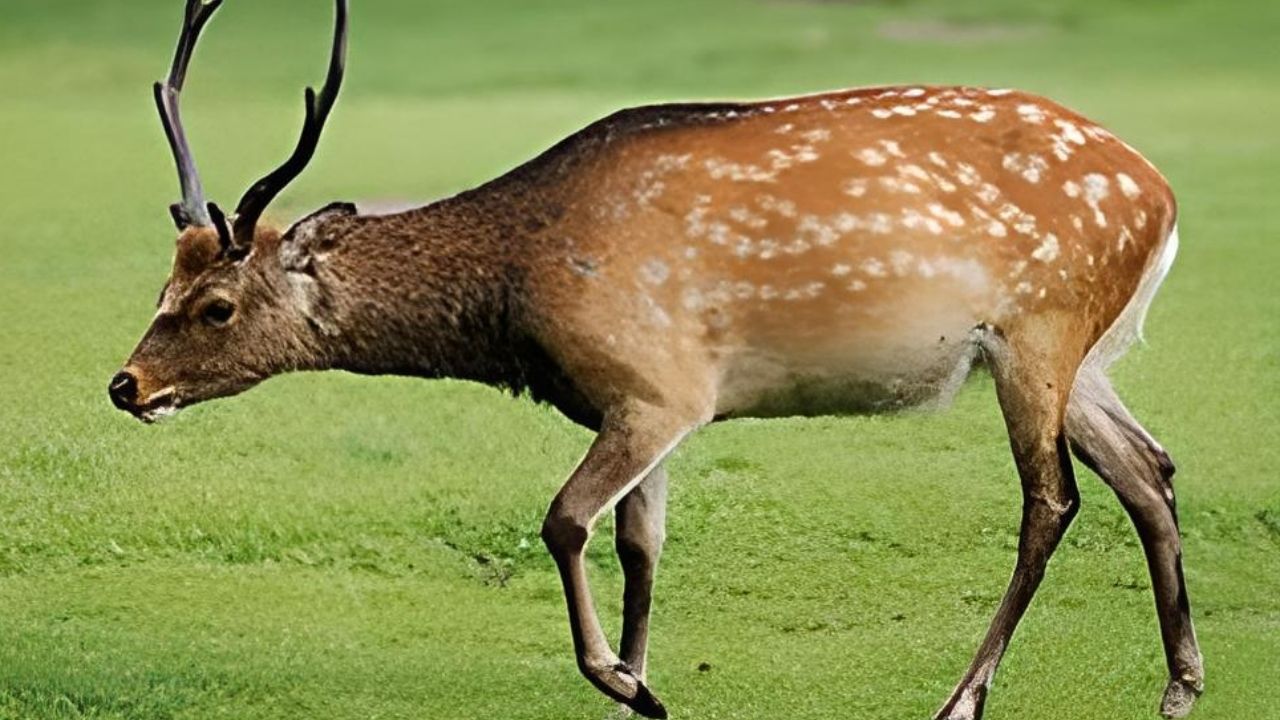
threatened with extinction fallow deer belong to the deer family to be migratoryn is a species. The home of this species in the world is Antalya, which is home to the purest wild deer. Over time, fallow deer spread all over Europe by human hands. It is seen only in Antalya, Mersin, Bolu Mountains and Hakkari regions in our country.
11. In danger of extinction in the coming years: the Striped Hyena
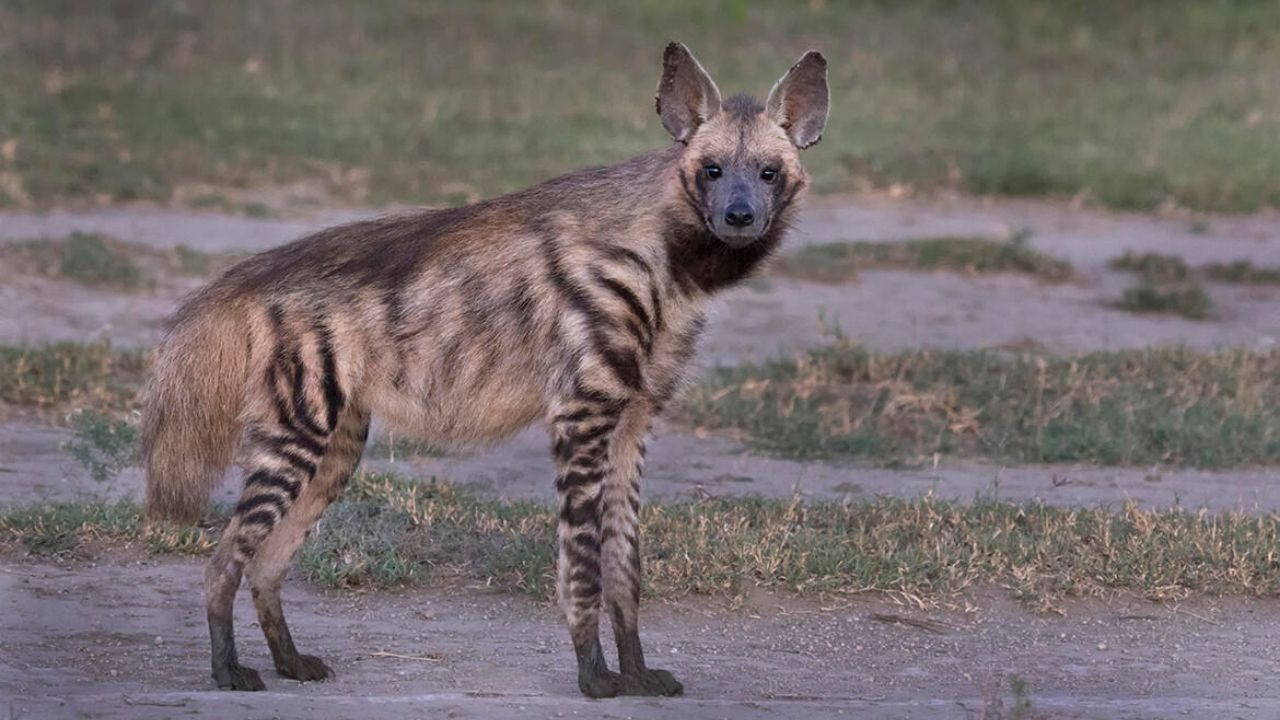
Another species in danger of extinction in our country is the striped hyena. This species living in rural areas cannot be domesticated in any way. Therefore the species will become extinct in the coming years. is being considered. Tracks of striped hyenas, which are on the threatened species list, have now been found in the Arabian peninsula and in India.
12. My “Wired Crane” hail, to the land of my beloved: Wire Crane
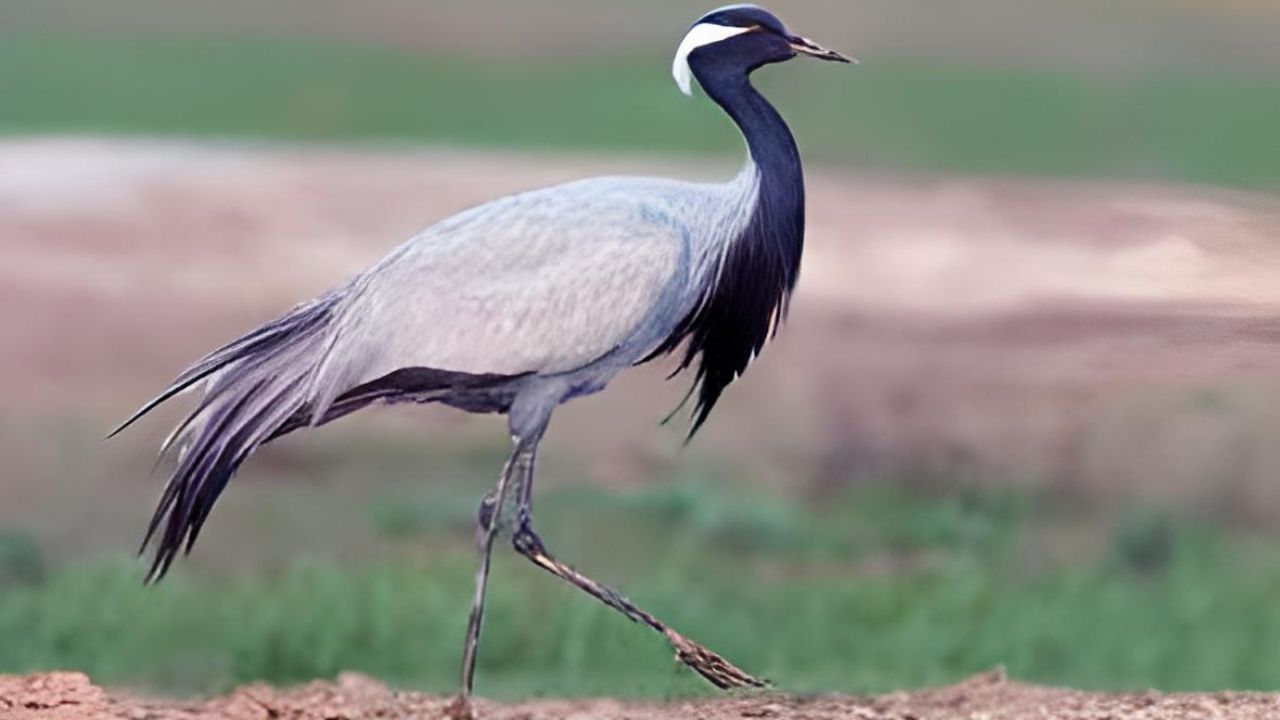
The wire crane, a bird species belonging to the Turnagiller family, is migratory. Wire cranes arriving in Turkey in March-April It breeds in four different regions of Eastern Anatolia. According to the records of 2017, this species has no breeding population in Turkey. Rapidly increasing sheep grazing activities have caused the extinction of the wire crane in Turkey. The species is in danger of extinction worldwide.
13. Former owner of Anatolian steppes: Steppe Eagle
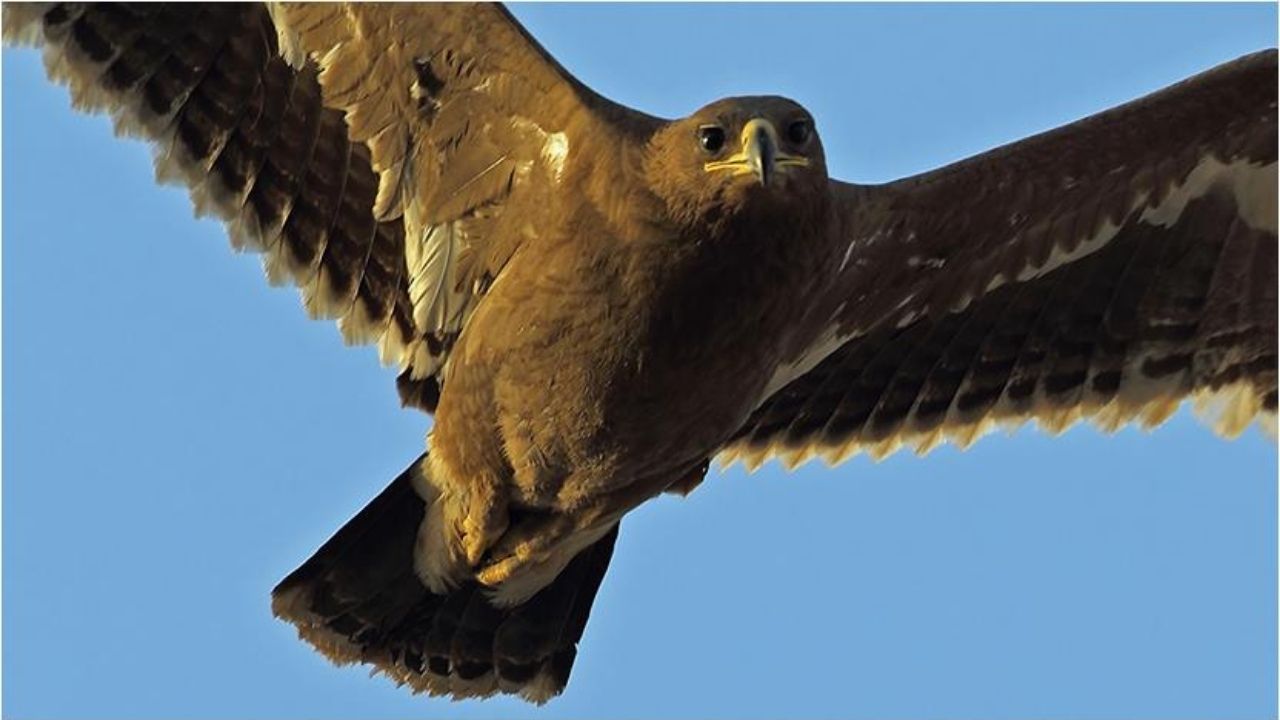
The steppe eagle, which is the ruler of the steppes of the Anatolian region, has been taken under protection in recent years and its hunting has been prohibited. Adult individuals spread in Central Asian and European regions, and spend the winter months in the lands of India and Africa. Steppe eagles living in arid places such as deserts and savannas It is on the sensitive species list.
14. One of the endangered Doğan species: Ulu Doğan
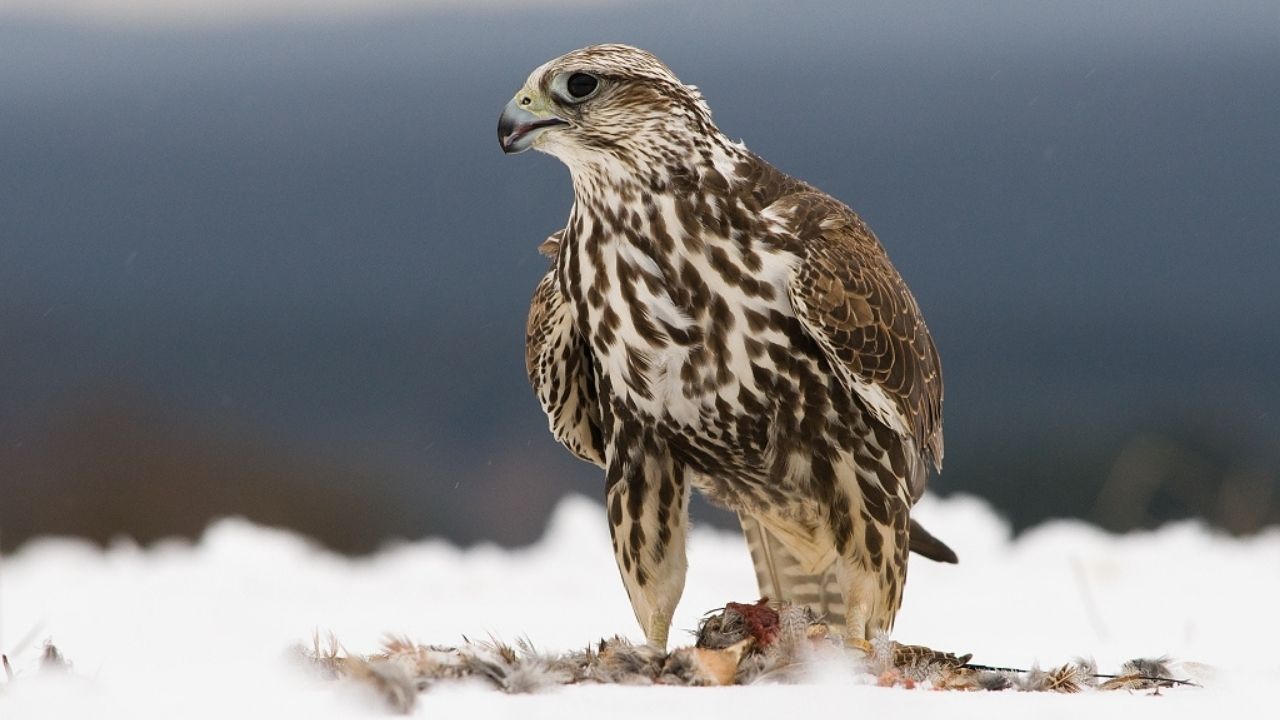
cold-climate type of howler They are quite large animals. Trees and open grasslands are among the habitats of the howler. This species, which lives in European and Asian regions, migrates to Western China, Arabian peninsula and Ethiopia regions in winter due to being migratory. The howler species, whose habitat in Asia is declining, is among the endangered species.
15. King of Anatolian forests: Asian Lion
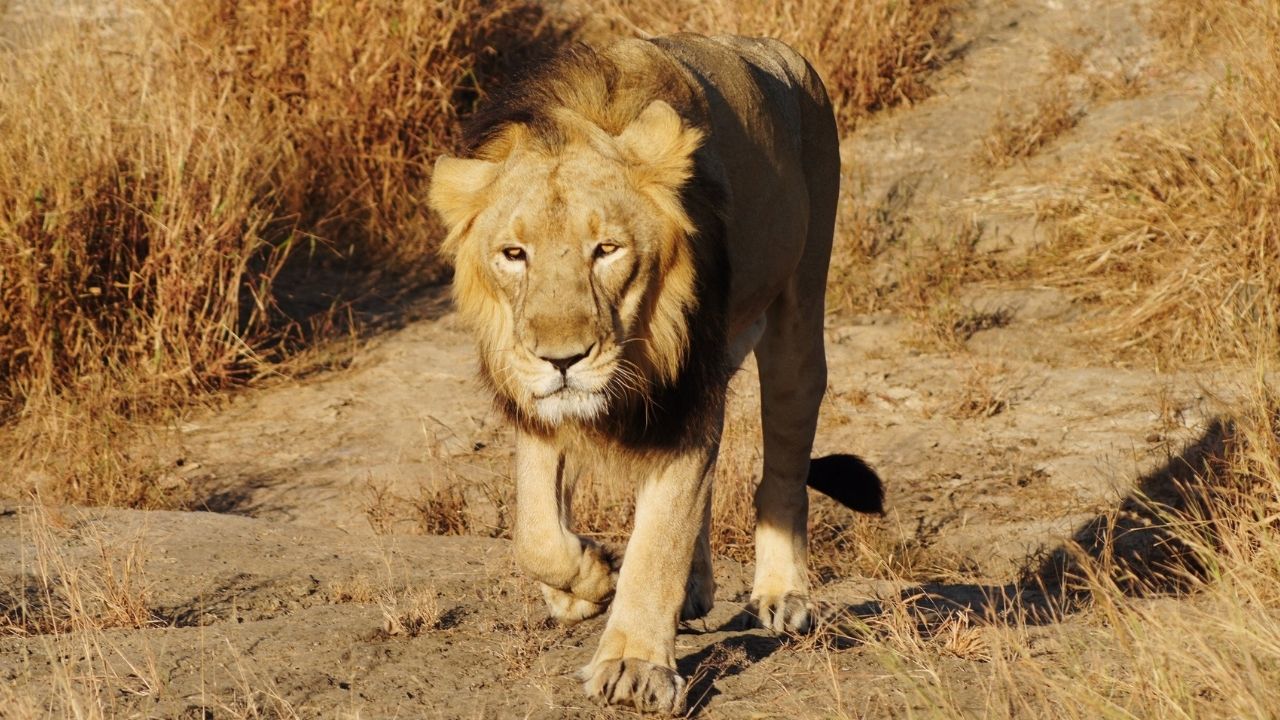
Asian lions live in the Gir Forest in western India. is a subspecies. Asian lions, which used to live in a very wide geography from the Arabian peninsula to Greece, are now in the critical danger group. The last traces of the species, which has been proven to live in many regions of our country, were found in Anatolia in the 13th century.
RELATED NEWS
